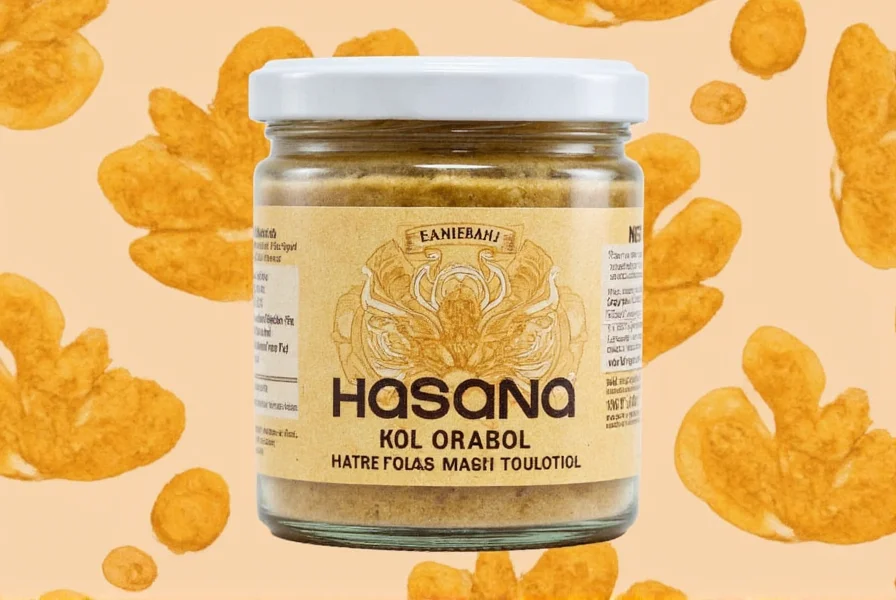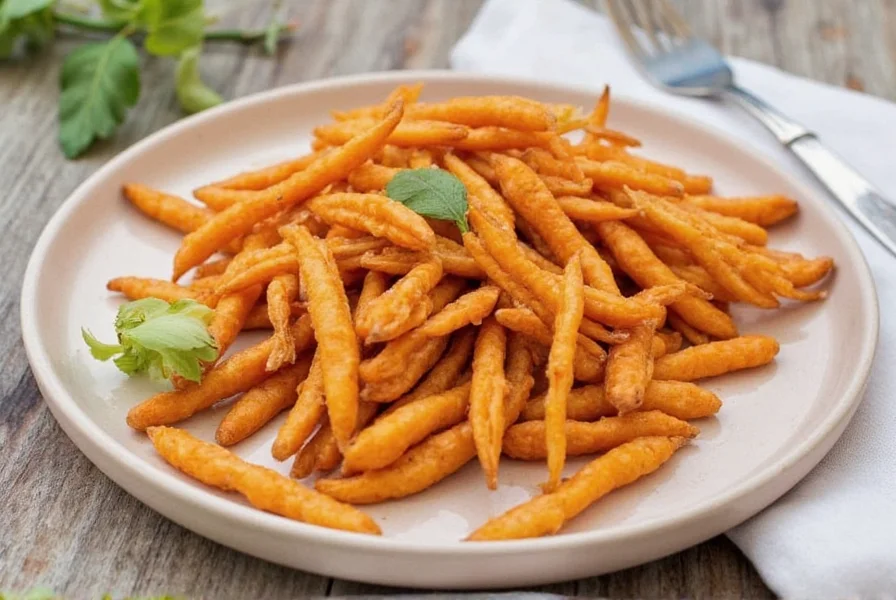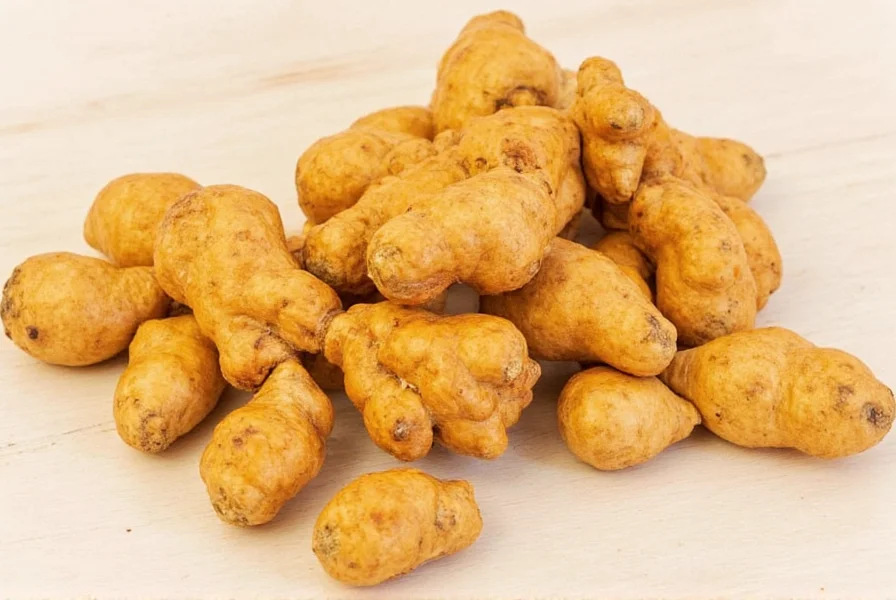"Havana ginger" is not a recognized botanical variety of ginger. The term typically refers to ginger used in Cuban-inspired cocktails and cuisine, particularly combined with Havana Club rum. True ginger varieties are classified by origin (Jamaican, Indian, Chinese) or form (fresh, dried, preserved), not by Havana-specific types.
Many searchers encounter confusion when looking for "havanah ginger"—often misspelled as "havanah" instead of "havana." This common search query stems from interest in Cuban-inspired beverages and cooking techniques rather than a distinct ginger cultivar. Understanding this distinction helps clarify both botanical facts and culinary applications.
Understanding Ginger Varieties and the Havana Connection
Ginger (Zingiber officinale) grows worldwide with regional variations affecting flavor intensity, fiber content, and essential oil composition. While Jamaica, India, and China produce recognized ginger varieties, Cuba doesn't cultivate a unique "Havana ginger" strain. The confusion likely originates from popular cocktails combining ginger with Havana Club rum, a Cuban-inspired spirit.
Culinary historians note that ginger arrived in the Caribbean through colonial trade routes. Cuban cooks incorporated it into traditional recipes, though never developing a region-specific cultivar. The island's tropical climate supports ginger growth, but local farmers typically cultivate standard varieties rather than unique Cuban strains.
| Ginger Variety | Origin | Flavor Profile | Culinary Uses |
|---|---|---|---|
| Jamaican Ginger | Jamaica | Bright, citrusy, moderately spicy | Cocktails, baking, Caribbean dishes |
| Indian Ginger | India | Earthy, robust, high pungency | Curry bases, medicinal preparations |
| Chinese Ginger | China | Milder, juicier, less fibrous | Stir-fries, pickling, tea preparations |
| Cuban-Style Preparation | N/A (preparation method) | Warm, aromatic, balanced heat | Rum cocktails, tropical marinades |
Ginger in Authentic Cuban Culinary Traditions
While Cuba doesn't produce a unique ginger variety, the spice features prominently in traditional recipes. Cuban cooks typically use standard ginger root prepared in distinctive ways that create what many call "Havana-style ginger."
The most authentic applications include:
- Mojo sauce variations - Adding grated ginger to the classic garlic-citrus marinade for roasted meats
- Tropical fruit preserves - Combining ginger with guava or mango for dessert accompaniments
- Medicinal teas - Ginger steeped with mint and honey for digestive relief
Cuban bartenders pioneered ginger's use in rum-based cocktails long before the current craft cocktail renaissance. The traditional Cuba Libre con Jengibre combines Havana Club rum, fresh lime, cola, and house-made ginger syrup—a recipe passed down through generations of Havana mixologists.

Creating Authentic Havana-Inspired Ginger Cocktails
For home mixologists seeking genuine Cuban-inspired ginger drinks, proper technique matters more than specific ingredients. Authentic preparation involves:
- Fresh ginger selection - Choose firm, smooth-skinned roots with minimal wrinkles
- Traditional preparation - Grate rather than juice for fuller flavor extraction
- Balanced sweetening - Use raw cane sugar (piloncillo) instead of simple syrup
- Proper infusion - Steep ginger in rum for 24-48 hours rather than using pre-made ginger beer
The most historically accurate "Havana ginger" cocktail remains the Ginger Mojito Cubano. This variation maintains the mojito's essential structure while incorporating ginger in the traditional Cuban manner:
Ginger Mojito Cubano Recipe
- 2 oz Havana Club 3yr rum
- 6 fresh mint leaves
- ½ oz freshly squeezed lime juice
- 1 oz house-made ginger syrup (see below)
- Soda water to top
Ginger syrup preparation: Simmer 1 cup water, 1 cup raw cane sugar, and ½ cup freshly grated ginger for 15 minutes. Strain and cool.
Muddle mint, lime juice, and ginger syrup in a Collins glass. Add rum and crushed ice. Top with soda water and gently stir. Garnish with mint sprig and thin ginger slice.

Selecting and Preparing Ginger for Cuban-Style Dishes
When recreating authentic Cuban ginger applications, focus on preparation technique rather than seeking nonexistent "Havana ginger." Professional chefs recommend:
- Seasonal selection - Winter-harvested ginger offers the most intense flavor for Cuban recipes
- Traditional grating - Use a ceramic ginger grater (raspador) for optimal texture
- Controlled heat application - Simmer rather than boil to preserve volatile compounds
- Complementary pairings - Combine with guava, lime, or allspice for authentic flavor profiles
For the most authentic experience, source ginger from Caribbean suppliers when possible. While not genetically distinct, ginger grown in similar tropical conditions to Cuba's climate will have comparable flavor characteristics to what Cuban cooks traditionally use.
Common Misconceptions About Havana Ginger
Several persistent myths surround this topic:
- Myth: Havana ginger contains unique compounds not found in other varieties
Fact: Chemical analysis shows no significant compositional differences - Myth: Cuban farmers developed a special ginger cultivar
Fact: Historical records indicate standard ginger varieties were introduced and cultivated - Myth: Authentic Cuban recipes require "Havana ginger" specifically
Fact: Traditional cookbooks simply call for "jengibre" (ginger) without regional specification
The term "Havana ginger" properly refers to preparation methods and culinary applications rather than a distinct botanical variety. Understanding this distinction helps both home cooks and professional chefs create authentic Cuban-inspired dishes without searching for nonexistent ingredients.
Is there a specific Havana ginger plant variety?
No, there is no distinct Havana ginger plant variety. The term refers to how ginger is used in Cuban cuisine and cocktails, not a specific botanical cultivar. Ginger varieties are classified by their geographic origin (Jamaican, Indian, Chinese), but Cuba doesn't produce a unique strain.
What's the best ginger to use for authentic Cuban recipes?
For authentic Cuban-style preparations, select fresh, firm ginger root with smooth skin. Jamaican ginger works particularly well due to its bright, citrusy notes that complement Caribbean flavors. The key is in the preparation method—grating rather than juicing and proper infusion techniques—rather than seeking a specific "Havana" variety.
Can I make traditional Cuban ginger cocktails without Havana Club rum?
Yes, authentic Cuban ginger cocktails can be made with any quality añejo rum. While Havana Club is traditional, the essential element is using a medium-bodied rum that complements rather than overwhelms the ginger's flavor. Many Cuban expatriate bartenders use Puerto Rican or Dominican rums when creating ginger cocktails outside Cuba.
How did ginger become part of Cuban cuisine?
Ginger arrived in Cuba through colonial trade routes in the 16th-17th centuries. African slaves and Chinese indentured workers introduced ginger preparation techniques that blended with Spanish culinary traditions. Cuban cooks incorporated it into traditional recipes like mojo sauces and tropical fruit preserves, creating what's now recognized as Cuban-style ginger preparation.
What's the difference between ginger beer and authentic Cuban ginger preparations?
Traditional Cuban ginger preparations use freshly grated ginger steeped in rum or cane syrup, creating a more complex, nuanced flavor. Commercial ginger beer often contains artificial flavors, preservatives, and excessive sugar. Authentic Cuban mixologists prefer house-made ginger syrup or direct infusion methods that preserve the spice's volatile compounds and provide better flavor integration with rum.
Frequently Asked Questions
Is there a specific Havana ginger plant variety?
No, there is no distinct Havana ginger plant variety. The term refers to how ginger is used in Cuban cuisine and cocktails, not a specific botanical cultivar. Ginger varieties are classified by their geographic origin (Jamaican, Indian, Chinese), but Cuba doesn't produce a unique strain.
What's the best ginger to use for authentic Cuban recipes?
For authentic Cuban-style preparations, select fresh, firm ginger root with smooth skin. Jamaican ginger works particularly well due to its bright, citrusy notes that complement Caribbean flavors. The key is in the preparation method—grating rather than juicing and proper infusion techniques—rather than seeking a specific "Havana" variety.
Can I make traditional Cuban ginger cocktails without Havana Club rum?
Yes, authentic Cuban ginger cocktails can be made with any quality añejo rum. While Havana Club is traditional, the essential element is using a medium-bodied rum that complements rather than overwhelms the ginger's flavor. Many Cuban expatriate bartenders use Puerto Rican or Dominican rums when creating ginger cocktails outside Cuba.
How did ginger become part of Cuban cuisine?
Ginger arrived in Cuba through colonial trade routes in the 16th-17th centuries. African slaves and Chinese indentured workers introduced ginger preparation techniques that blended with Spanish culinary traditions. Cuban cooks incorporated it into traditional recipes like mojo sauces and tropical fruit preserves, creating what's now recognized as Cuban-style ginger preparation.
What's the difference between ginger beer and authentic Cuban ginger preparations?
Traditional Cuban ginger preparations use freshly grated ginger steeped in rum or cane syrup, creating a more complex, nuanced flavor. Commercial ginger beer often contains artificial flavors, preservatives, and excessive sugar. Authentic Cuban mixologists prefer house-made ginger syrup or direct infusion methods that preserve the spice's volatile compounds and provide better flavor integration with rum.











 浙公网安备
33010002000092号
浙公网安备
33010002000092号 浙B2-20120091-4
浙B2-20120091-4